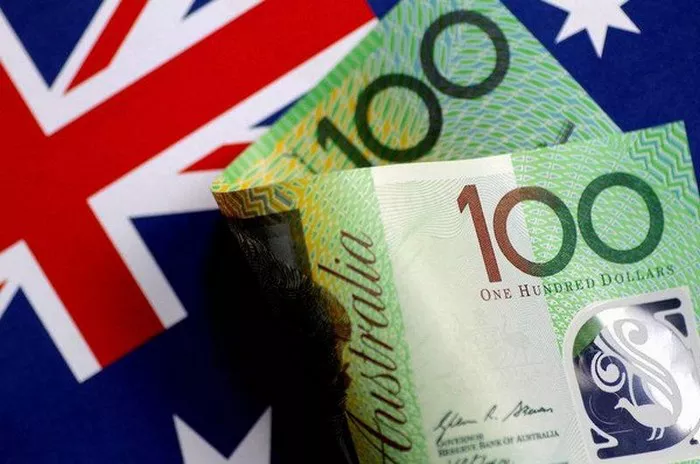The currency market is a dynamic and complex ecosystem influenced by a myriad of factors, including economic indicators, geopolitical events, and market sentiment. Among the currencies that garner attention in the global market, the Australian Dollar (AUD) holds a significant position. Investors and analysts often compare the strength of the Australian Dollar against major currencies, with the United States Dollar (USD) being a key benchmark. In this article, we delve into the historical context to answer the question: Has the Australian Dollar ever been stronger than the USD?
Historical Overview:
The Australian Dollar, introduced in 1966, replaced the Australian Pound, aligning the nation’s currency with the decimal system. Since then, the AUD has witnessed fluctuations against various currencies, including the USD. It is crucial to examine historical trends to understand the dynamics that have shaped the exchange rates between these two currencies.
Early Years and Pegging:
In the early years of the Australian Dollar, it was pegged to the British Pound and later to the U.S. Dollar. During the pegging era, the exchange rate between the AUD and USD was relatively stable, with the Australian Dollar maintaining parity with the U.S. Dollar for a considerable period.
Floating Exchange Rates and Market Forces:
In 1983, Australia adopted a floating exchange rate regime, allowing the AUD to be determined by market forces. This shift marked a significant change in the dynamics of the Australian Dollar against the USD, introducing a more flexible exchange rate system.
Peaks and Troughs:
Over the decades, the Australian Dollar has experienced both peaks and troughs against the U.S. Dollar. Factors such as commodity prices, interest rates, and economic conditions have played pivotal roles in shaping these fluctuations.
Examining Historical Highs:
While the Australian Dollar has demonstrated resilience and strength over the years, achieving a valuation higher than the U.S. Dollar has been a rare occurrence. Nevertheless, there have been instances when the AUD reached notable highs against the USD.
One such period was in the early 2010s when the Australian Dollar surged to levels close to parity with the U.S. Dollar. The commodity boom, fueled by strong demand from emerging economies, particularly China, played a crucial role in driving up the value of the Australian Dollar. During this time, the AUD touched levels around 1.05 USD in 2011, reflecting the strength and attractiveness of the Australian economy.
Factors Influencing AUD/USD Exchange Rates:
Commodity Prices: Australia is a major exporter of commodities, including iron ore and coal. Fluctuations in commodity prices have a direct impact on the Australian Dollar’s value, with rising prices often leading to an appreciation of the AUD against the USD.
Interest Rates: Divergent monetary policies between the Reserve Bank of Australia (RBA) and the U.S. Federal Reserve can influence the AUD/USD exchange rate. Higher interest rates in Australia relative to the U.S. can attract foreign capital, driving up the value of the Australian Dollar.
Economic Data: Economic indicators, such as GDP growth, employment data, and trade balances, contribute to market perceptions of a country’s economic health. Positive economic data from Australia can boost investor confidence and lead to an appreciation of the Australian Dollar.
Global Risk Sentiment: The Australian Dollar is often considered a risk-sensitive currency. During periods of global economic uncertainty, investors may seek safe-haven assets, such as the U.S. Dollar, leading to a depreciation of the Australian Dollar.
see also Is The Australian Dollar Safe? A Comprehensive Analysis
Conclusion:
While the Australian Dollar has exhibited strength and resilience in the currency markets, surpassing the U.S. Dollar in value has been a rare occurrence. Historical highs, such as the period around 2011, highlight the impact of economic factors and global dynamics on the AUD/USD exchange rate. Investors and analysts continue to closely monitor these factors to gain insights into the future movements of these two significant currencies. As the global economic landscape evolves, the interplay between the Australian Dollar and the U.S. Dollar will remain a focal point for those navigating the complexities of the currency market.


